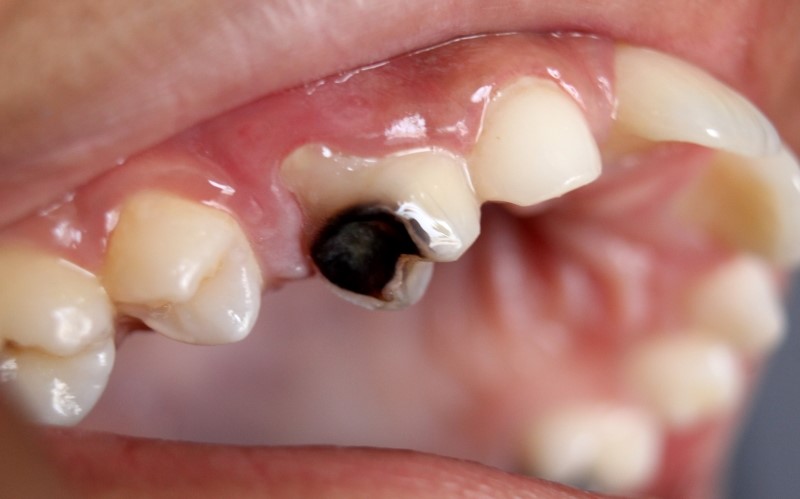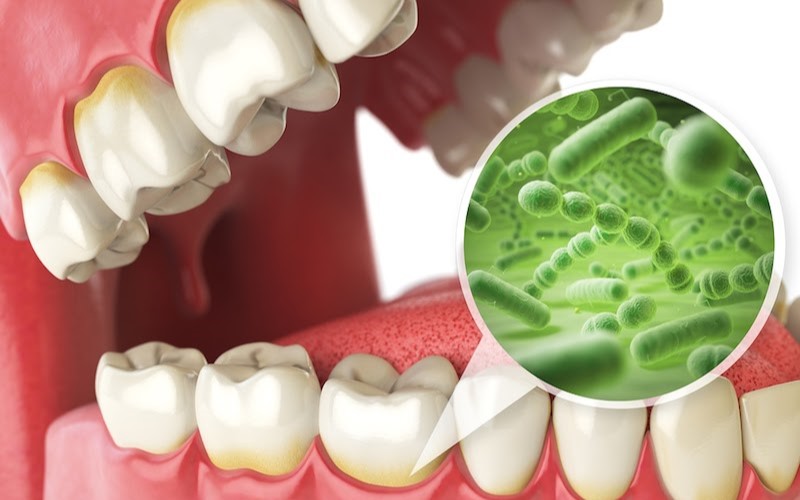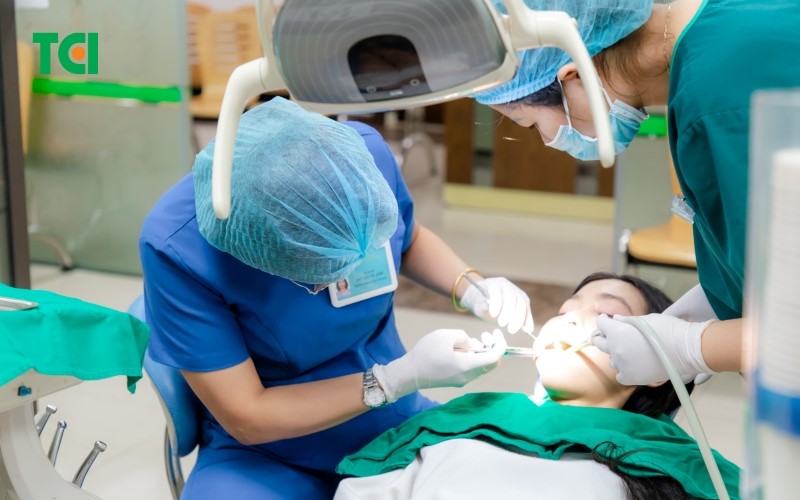Tooth decay is a common dental issue that affects people of all ages, leading to various complications if left untreated. This article explores the key factors contributing to tooth decay, common symptoms to watch for, high-risk groups, and essential tips to prevent this widespread dental condition.
1. Is Tooth Decay a Serious Condition?
Tooth decay is a prevalent dental condition. If treated promptly, it’s not a major concern. However, delaying treatment can lead to serious complications:
– Pain: Tooth decay often causes pain, leading to discomfort in the affected area. This pain can significantly reduce the quality of life, making eating or even doing nothing quite difficult.
– Infection: Dental caries can result in infections of the gums and surrounding tissues. Bacteria from decayed teeth can spread to the bone structures and other soft tissues in the mouth. This can lead to severe health problems such as sepsis, jaw infections, and even meningitis.
– Risk of Tooth Loss: One of the significant dangers of tooth decay is tooth loss. If untreated, decay can destroy the tooth structure, leading to tooth loss or necessitating extraction.
– Impact on Overall Health: Bacteria from dental caries can spread to other parts of the body through the bloodstream and digestive tract. This can cause health issues like heart infections, jaw infections, and meningitis.

Untreated dental caries can be dangerous.
2. Signs of Tooth Decay
Recognizing the signs of dental caries early is crucial for timely treatment and preventing disease progression. Here are some common indicators of tooth decay:
– Pain: One of the earliest signs is pain in the affected tooth. Patients may experience pain even without any direct impact on the tooth.
– Tooth Sensitivity: Decayed teeth often become sensitive, especially when exposed to hot, cold, or sweet foods. This is a sign of enamel damage and nerve exposure.
– Discoloration and Spots: Decayed teeth can change color from white to brown and eventually black. This discoloration results from bacterial destruction of the enamel. In some cases, visible spots or holes may appear on the tooth surface.
– Bad Breath: Tooth decay can cause bad breath due to bacteria accumulation in the affected area.
3. Who is Prone to Tooth Decay?

Cavities primarily develop due to bacteria in the mouth.
3.1 Who is at higher risk
Although tooth decay can affect anyone, certain groups are more susceptible. Specifically:
– Children: Children are at higher risk of tooth decay due to their sugar-rich diets. Additionally, their oral hygiene practices are often not fully developed, leading to inadequate cleaning.
– Elderly: Older adults are more susceptible due to medication use, reduced saliva production, and decreased ability to maintain good oral hygiene.
– People with Unhealthy Diets and Habits: Those who frequently consume high-sugar foods and drinks are at a higher risk of dental decay. Sugar provides a breeding ground for oral bacteria.
– People with Special Dental Conditions: Conditions like misaligned teeth can create hard-to-clean areas, increasing the risks of dental caries.
3.2 Daily Habits Contributing to Tooth Decay
– Diet: A diet high in sugar and acid promotes bacterial growth in the mouth, accelerating dental caries. Additionally, a lack of calcium and fluoride in the diet can weaken enamel, making teeth more susceptible to decay.
– Oral Hygiene Habits: Improper or infrequent brushing, and not using dental floss to clean between teeth, can facilitate dental caries.
– Smoking: Using tobacco products, including cigarettes and e-cigarettes, can reduce saliva production, creating an ideal environment for decay-causing bacteria.
4. Preventing Tooth Decay
To prevent dental caries, there are several important measures you can take daily:
– Proper Oral Care: Brush your teeth at least twice a day with fluoride toothpaste. Additionally, develop the habit of using dental floss daily to clean between teeth.
– Dietary Control: Limit the intake of sugary and acidic foods and drinks to reduce bacterial growth. Replace sugary drinks with unsweetened beverages or water.
– Avoid Sticky Foods: Avoid consuming foods that stick to the teeth, which can foster bacterial development.
– Avoid Harmful Habits: Reduce or quit smoking and limit alcohol consumption to protect oral health.
– Regular Dental Check-ups: Visit your dentist twice a year for check-ups and professional cleanings.

Regular dental check-ups are essential for oral health.
In conclusion, tooth decay is a prevalent dental issue that can lead to serious complications if not addressed promptly. Understanding its causes, recognizing early signs, and knowing who is at higher risk are essential steps in managing and preventing this condition. By adopting proper oral hygiene practices, maintaining a healthy diet, avoiding harmful habits, and scheduling regular dental check-ups, you can significantly reduce the risks of dental caries and ensure better oral health for yourself and your family. Prioritizing these preventive measures will help maintain a healthy smile and overall well-being.








